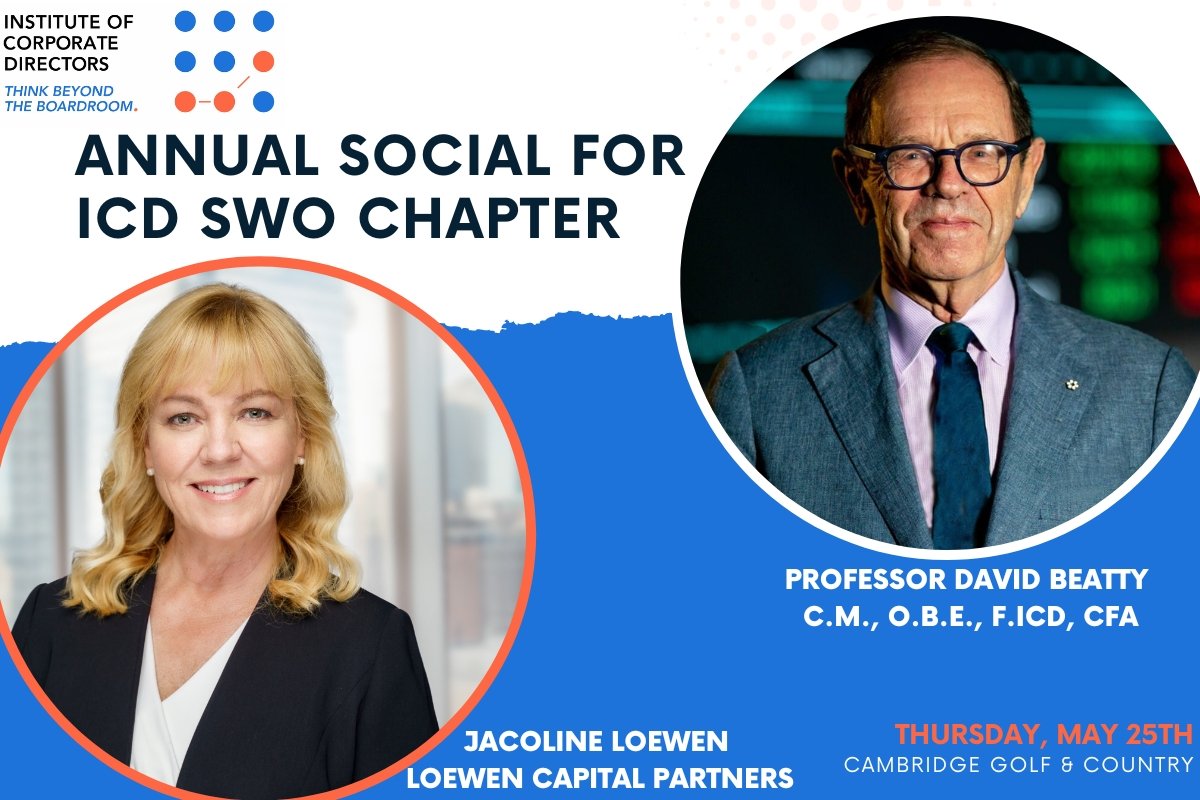How Wealth Management will Grow: Three New Client Segments
The future growth of Wealth Management is characterized by distinctive opportunities that set it apart from traditional “financial advisory.” Let's explore the client segments that set wealth management apart from the traditional financial advisory.
Fast-Growth Segments: The industry is witnessing the emergence of three investor segments that show signs of significant and lasting growth: Women, engaged First-time Investors, and Hybrid affluent investors.
Women are taking center stage as investors. With women currently controlling a third of total Canadian household investable assets, this share is expected to grow as baby boomer men pass control of assets to their female spouses. By 2030, women are projected to control a significant portion of the $30 trillion in investable assets baby boomers possess, presenting a wealth transfer not seen before. Younger affluent women are also becoming more financially savvy, contributing to the growth of this segment. Wealth Management firms are deeply embedded in their current business model to be able to deliver on highly personalized client service which the female segment values. In comparison, traditional financial advisors offer a one-size fits all service model.
Engaged first-time investors are opening accounts at an unprecedented rate. The elimination of online brokerage commissions and access to fractional share capabilities, combined with pandemic-related trends such as high savings rates, have fueled the growth of this segment. While sustaining the exponential growth might be challenging, Wealth Managers can serve this segment by meeting their demand for direct brokerage-based investing and building deeper relationships based on their personal values. Wealth Management goes beyond trading and the typical Reddit advice. Wealth Management has a customized wealth plan for each client and keeps to the investment strategy plan to achieve long-term goals.
Hybrid affluent investors offer an opportunity for differentiation. This segment, comprising investors with at least one self-directed account and a traditional advisor, has witnessed substantial growth. To capitalize on this trend, Wealth Managers need to offer both direct brokerage and advisor-led offerings with a seamlessly integrated experience. This requires careful management of channel conflicts and potential revenue cannibalization. Here is where boutique Wealth Managers may need to focus for future growth.

















